Written by: Nila Patty-Pelupessy
Why Climate Change Matters for Community-Based Tourism
When most people think about climate change, they picture melting glaciers, rising seas, or wildfires. Rarely do they think about tourism. But here’s the thing: tourism is one of the world’s largest industries—and it is both a contributor to and a victim of climate change (UNWTO).
Tourism is one of the world’s biggest industries—it represents nearly 9% of global GDP (European Commission, 2014)—and it is both a contributor to and a victim of climate change. Research shows that the tourism sector is responsible for around 8% of global greenhouse gas emissions (World Economic Forum, 2018), while at the same time being highly vulnerable to rising seas, shifting weather patterns, and the loss of natural attractions (United Nations, 2011). For communities engaged in community tourism, the stakes are even higher.
Unlike large resorts or international chains, community-based tourism is rooted in local livelihoods—homestays, farming tours, artisan workshops, and cultural experiences. This makes it deeply connected to the natural environment. When the climate shifts, so do the rhythms of tourism. Yet, these same communities often hold ancestral knowledge and adaptive strategies that can inspire resilience.
Now, imagine this: you’re sitting with a Maasai elder in Kenya, listening to stories about how his community has survived years of drought. Or you’re walking through a Karen village in Northern Thailand, where rotational farming still sustains forests and rivers. Or maybe you’re staying in a bamboo homestay in Lombok, Indonesia, where traditional architecture keeps homes cool and earthquake-resistant.
These are not just travel experiences—they are climate lessons. And they show us how community tourism, built around local and indigenous knowledge, can be a powerful tool for both resilience and sustainability.
The Impact of Climate Change on Community-Based Tourism
Climate change is no longer a distant threat—it’s reshaping lives and landscapes today. While community tourism offers a more sustainable model than mass tourism, it is not shielded from the risks of climate change. For communities that depend on community-based tourism, the risks are even sharper. Their livelihoods are tied to healthy ecosystems, predictable weather, and the ability to welcome visitors safely. When floods, droughts, or storms strike, the impact ripples beyond daily life, hitting cultural practices, infrastructure, and income streams at once. The impacts can be understood through three dimensions: environmental, economic, and cultural.
1. Environmental impact and risks
Community-based tourism depends on healthy ecosystems—forests, coral reefs, farmland, and rivers. Yet, these landscapes are the first to be hit by climate change. Rising global temperatures are driving more frequent floods, droughts, and storms, which damage both natural and human-made attractions.
In Bali, Indonesia, heavy rainfall causes heavy floods that create huge damage through houses, public facilities, and infrastructure which affect thousands of people across Denpasar and around the area. Similarly, coral bleaching caused by warming seas is endangering community snorkeling and diving tours across Indonesia and the Philippines (UNEP, 2021). In northern Thailand, the Karen and Hmong face increasingly unpredictable rainfall, which disrupts their farming cycles and threatens agri-tourism activities tied to planting and harvest rituals (IPCC, 2019).
When natural ecosystems degrade, the entire foundation of community tourism—its promise of authentic, nature-based experiences—faces collapse.
2. The Economic Risk
For many rural communities, tourism is not just an add-on but a primary source of income. Climate-related disruptions can therefore deliver heavy financial blows.
The Maasai in Kenya and Tanzania, for example, depend on cultural safaris and homestays tied to pastoral traditions. Yet, prolonged droughts are decimating cattle herds, reducing both their livelihoods and the authenticity of visitor experiences (National Geography, 2024). In Thailand’s Kayan villages, heavy rainfall and landslides increase the maintenance costs of eco-lodges and community-run homestays. Without external support, many families struggle to cover these additional expenses.
Even in more developed destinations like Bali, floods not only damage infrastructure but also discourage visitors, leading to sudden drops in income for homestay owners, tour guides, and local artisans. This economic fragility demonstrates how climate instability directly undermines tourism-dependent communities.
3. The Cultural Risk
Community tourism is not only about landscapes—it is also about cultural heritage. Festivals, rituals, crafts, and traditional farming practices are central to the visitor experience. Yet, climate change places these traditions under enormous strain.
For the Maasai, shifting grazing lands caused by drought and erratic rainfall threaten pastoral traditions tied to cattle—a core of their cultural identity (National Geography, 2024). In Lombok, Indonesia, the Sasak community ties planting rituals to predictable rainfall cycles. As weather patterns become less reliable, these traditions risk being lost or altered. The Kayan in northern Thailand, known for their forest stewardship and artisanal crafts, face risks if deforestation or climate-driven migration displaces their communities. Without stable environments, both cultural practices and community tourism initiatives centered on them may erode.
Tourism can strengthen cultural pride by valuing indigenous knowledge. But when climate disasters hit, communities often have to abandon or alter traditions for survival—making culture itself a casualty of climate change.
Double role of Community Tourism in Climate Change
Community tourism harbours a unique and sometimes contradictory space in climate conversation. On one hand, it is highly vulnerable to environmental shifts. But on the other hand, it can be a powerful driver of resilience and adaptation when it comes to climate action.
The Vulnerability: Why Community Tourism Is at Risk
Community tourism projects often depend directly on nature, for example, the rice field in Bali, the coral reef in Lombok or rangelands in Kenya. Climate change brings unpredictable weather, floods, droughts and storms that can wipe out the very reason for tourists to visit. For example, flooding in Bali in 2025 devastated homestays and artisan shops, leaving families without income for weeks. Similarly, prolonged droughts in East Africa threaten Maasai eco-camps that depend on healthy rangelands to attract wildlife and tourists. Since many community tourism businesses are small-scale and family-run, they lack the financial buffer to recover quickly from climate shocks, making them particularly fragile.
Adaptability: Indigenous Knowledge as a Resource
Indigenous Knowledge as Climate Adaptation
Around the world, indigenous communities are using traditional practices to respond to the climate crisis—often with lessons that modern sustainability experts can learn from. Despite these vulnerabilities, community tourism also acts as a channel for climate resilience. Many indigenous and rural communities have generations of experience adapting to changing weather patterns. By embedding these practices into tourism, they pass on resilience strategies while strengthening local livelihoods.
- The Maasai in Kenya and Tanzania have long practiced rotational grazing, moving livestock across different rangelands to prevent overuse and allow grasslands to regenerate (National Geography, 2024). This traditional system reduces land degradation and increases resilience against droughts, which are becoming more frequent in East Africa. Through eco-tourism partnerships, Maasai communities now integrate this knowledge into tourism experiences, allowing visitors to see how cultural heritage is tied to climate resilience.
- The Sasak people of Lombok, Indonesia rely on traditional subak-like irrigation systems and terracing techniques to manage scarce water resources and prevent soil erosion (Wahyuni et al., 2023). These ancestral systems not only support agriculture but also form part of community tourism activities, where travelers can join farming tours and learn about sustainable food systems. In a region prone to earthquakes and droughts, such practices are critical for both survival and visitor education.
- The Kayan community in Thailand emphasizes forest stewardship and the sustainable use of bamboo and other natural materials (T. Ngamsiriudom, 2021). Tourism activities—like weaving workshops, forest walks, and homestays—are deeply linked to these practices. By protecting forests, the Kayan also create natural flood barriers, reducing disaster risks for both locals and visitors.
These examples highlight how indigenous knowledge is not just cultural heritage—it is active climate adaptation. In all these cases, community tourism serves as both a classroom and a safeguard. It educates travelers on local resilience strategies while providing financial incentives for communities to maintain climate-smart practices. When integrated into community tourism, it becomes both an income source and an educational tool for visitors.
These cases show a double-edged truth: community tourism is highly vulnerable to climate change, yet it also holds seeds of resilience. On the one hand, floods, heat waves, and unpredictable weather can disrupt visitor flows, damage infrastructure, and destabilize household economies. On the other, many communities—like the Kayan—possess deep indigenous knowledge that equips them to adapt, whether through diversified farming, forest stewardship, or communal disaster response.
The Double-Edged Sword of Growth
Community tourism has incredible potential, but it’s not without its challenges. As more visitors arrive, the demand for roads, homestays, clean water, and energy naturally grows. Without careful planning, that growth can put pressure on fragile ecosystems—causing deforestation, waste buildup, or the overuse of rivers that local people and wildlife depend on.
Take Bali, for example. In recent years, rapid tourism development has been linked to water shortages and flooding, as hotels and villas compete with farmers for limited water resources. Similarly, in northern Thailand, unmanaged expansion of homestays in Karen and Kayan villages risks clearing more land than the environment can sustain.
But here’s the flip side: when communities take control, tourism can actually become a powerful tool for conservation. In Lombok, Indonesia, village-led eco-tourism projects have funded mangrove restoration to buffer against rising seas. The Maasai in Kenya, through conservancies, reinvest income from cultural and wildlife tourism into grassland management, ensuring both cattle and wildlife thrive despite harsher droughts.
The difference lies in who drives the growth. When tourism is directed by outside investors chasing quick profits, ecosystems suffer. But when local communities set the rules—prioritizing sustainability, protecting ancestral knowledge, and ensuring fair benefit-sharing—tourism becomes a force for resilience, not risk.
Tourism as a Platform for Climate Education
One of the most overlooked powers of community tourism is its role as a living classroom. Many travelers step into villages or rural destinations with little awareness of how climate change directly affects people’s daily lives. But through hands-on experiences—like joining a rice planting session, learning traditional weaving techniques, or participating in mangrove conservation—they gain more than memories. They witness resilience in action.
These encounters turn tourism into more than just an economic activity—it becomes a global amplifier for climate advocacy. Visitors return home not only with photos and souvenirs, but also with stories of indigenous knowledge and sustainable practices that shape their worldview. In this way, every cultural workshop or conservation activity doubles as an education tool, spreading awareness that climate resilience is not a buzzword—it’s a lived reality.
Our Role in Community Tourism and Climate Change
Community tourism cannot thrive without conscious travelers. Every decision a tourist makes—from where to stay to how they spend money—affects whether a destination becomes more climate-resilient or more vulnerable.
For Travelers
As travelers, our responsibility begins with the choices we make. Be conscious. Choosing to stay in community-run homestays or eco-lodges ensures that money goes directly to local families rather than international hotel chains. Supporting community artisans, guides, and food vendors helps diversify income streams, which is crucial when climate disasters disrupt farming or fishing. Traveling slowly—taking fewer flights and staying longer in one place—reduces carbon footprints while allowing deeper cultural connections. Volunteering skills like digital marketing, English teaching, or even farming knowledge can create lasting benefits for host communities.
For Communities
For host communities, community tourism offers both opportunity and responsibility. Revenue from tourism can be directed into reforestation projects, flood-mitigation infrastructure, or the revival of ancestral water systems. By showcasing indigenous practices—such as weaving, rotational grazing, or traditional irrigation—communities not only strengthen cultural pride but also position themselves as educators in climate resilience. The challenge is to diversify income streams and avoid over-reliance on tourism alone, since climate change itself can disrupt visitor numbers.
For Policymakers and NGOs (like Fair Tourism Foundation)
Governments and NGOs play a critical role in shaping the framework that allows community tourism to thrive sustainably. This includes offering fair regulations for visas, ensuring local people benefit from eco-tourism policies, and providing training so communities can tap into digital markets. NGOs like the Fair Tourism Foundation also help amplify community voices, offering support in marketing, sustainability training, and partnerships with climate-focused projects. Investments in climate-resilient infrastructure—such as drainage systems, renewable energy, and reforestation—protect both residents and tourists, making destinations more resilient.
Final Takeaway: Tourism as a Shared Climate Responsibility
From floods in Bali to droughts in the Maasai Mara, climate change is reshaping not just landscapes, but lives. Community tourism offers a powerful response—blending indigenous knowledge, cultural stewardship, and sustainable livelihoods. It is both a shield against climate risks and a bridge toward resilience.
But here’s the truth: community tourism can only thrive if we all play a role.
✅ As a traveler, you can choose homestays over hotel chains, shop at local markets, and travel slowly to reduce your footprint.
✅ As communities, tourism revenue can fuel reforestation, flood-prevention, and the revival of ancestral knowledge.
✅ As policymakers and NGOs, investments in climate-smart tourism policies and infrastructure can protect both residents and visitors.
At the Fair Tourism Foundation, we believe tourism should not just be about seeing the world—it should be about sustaining it. Every contribution—whether it’s your choice to support a local guide, share your skills, or donate—helps build climate-resilient futures for communities on the frontlines of change.
Climate change is rewriting the map of travel. The destinations we love today may not exist tomorrow. But together, we can change that.
Next time you pack your bags, don’t just ask “Where am I going?” Ask “What am I leaving behind?”
👉 Start by choosing community tourism, sharing skills, or contributing to projects that matter. Even a small donation to local communities helps safeguard the future of both communities and travel itself.

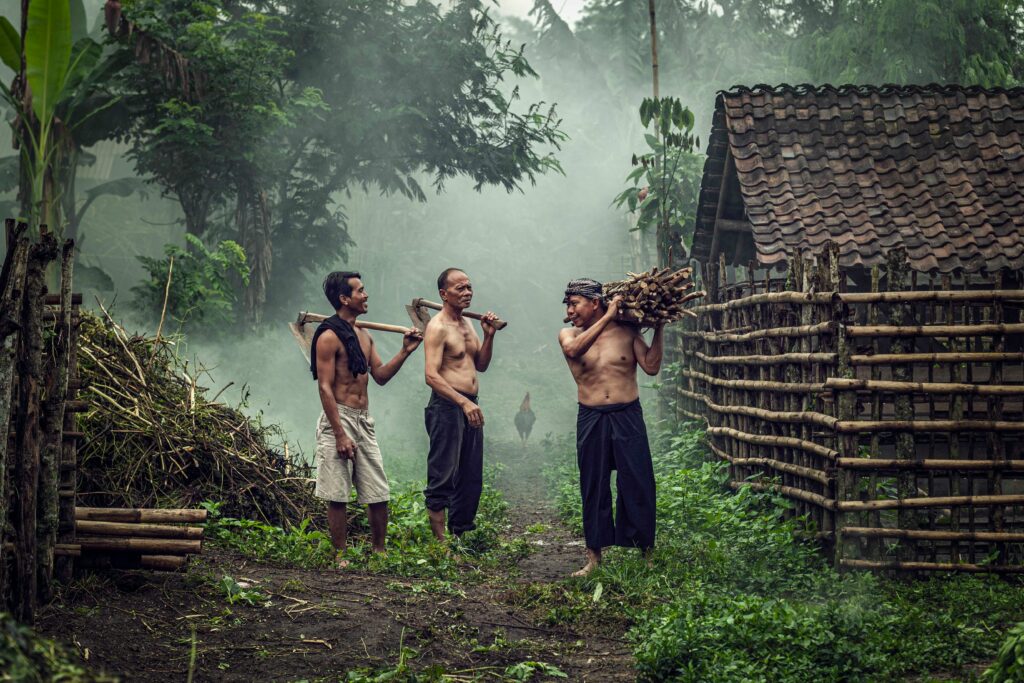
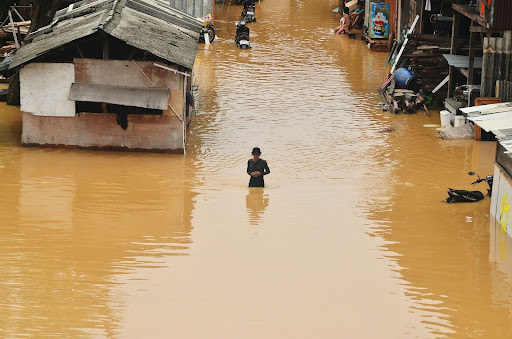
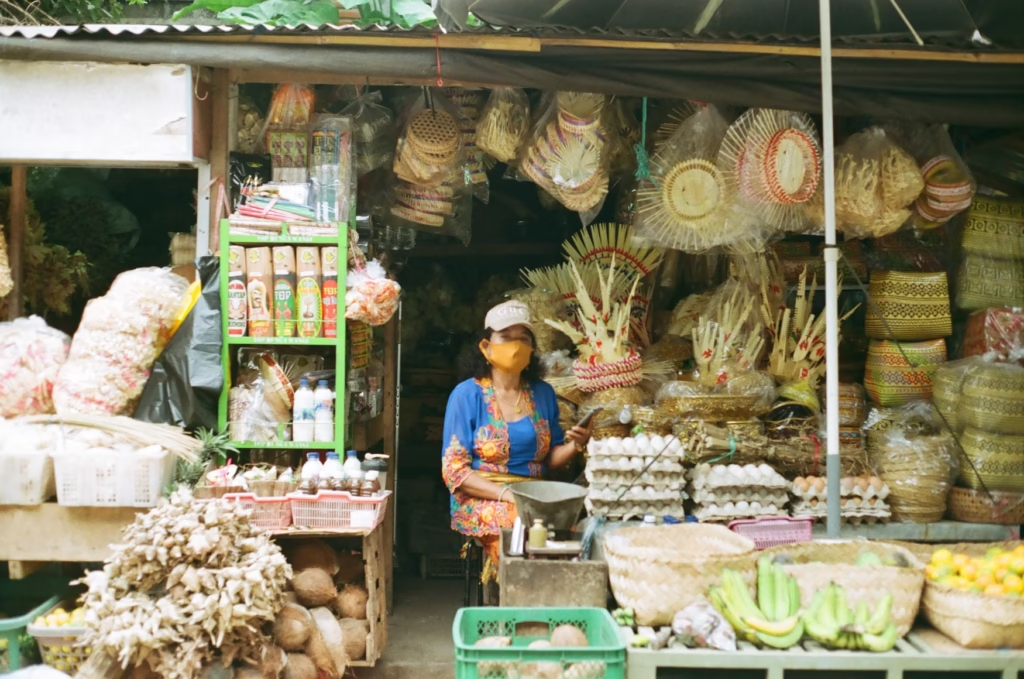
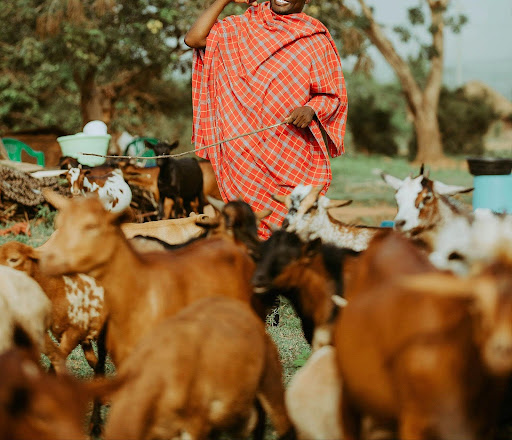
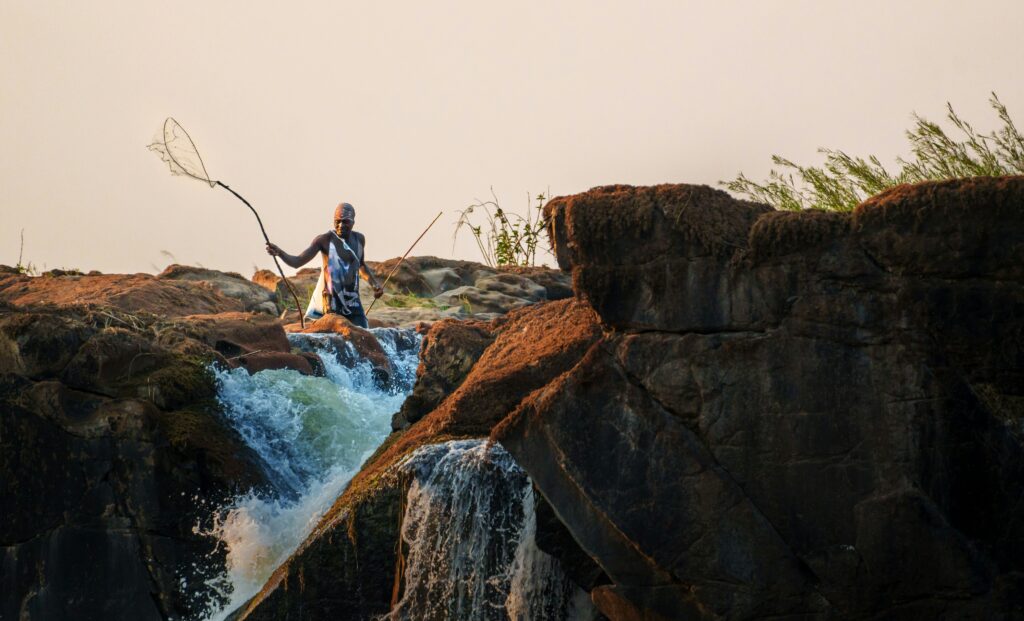

This Post Has 0 Comments